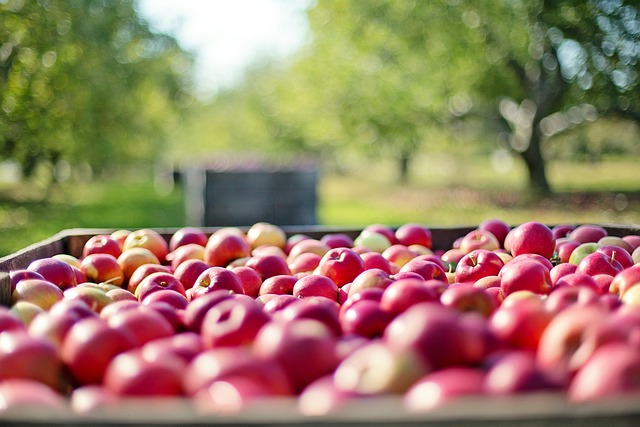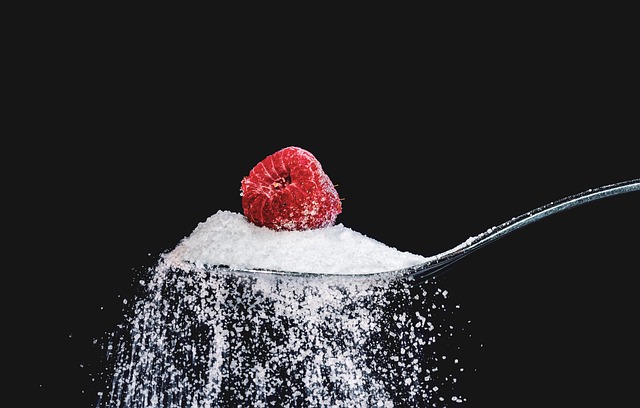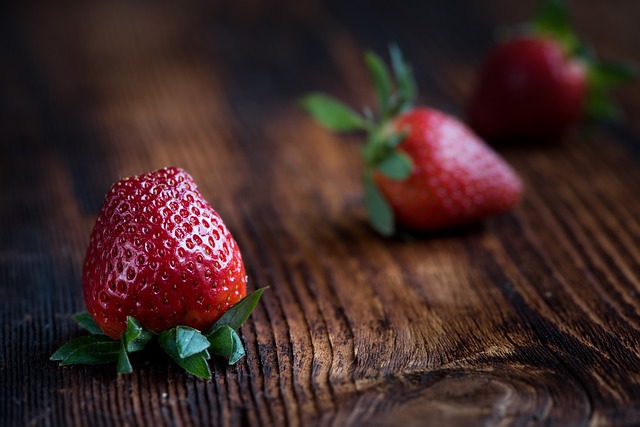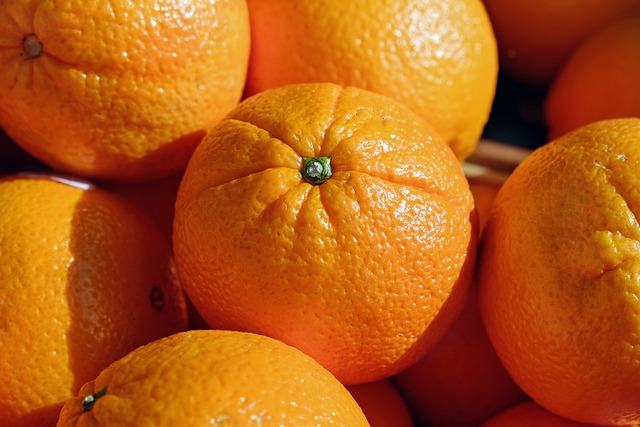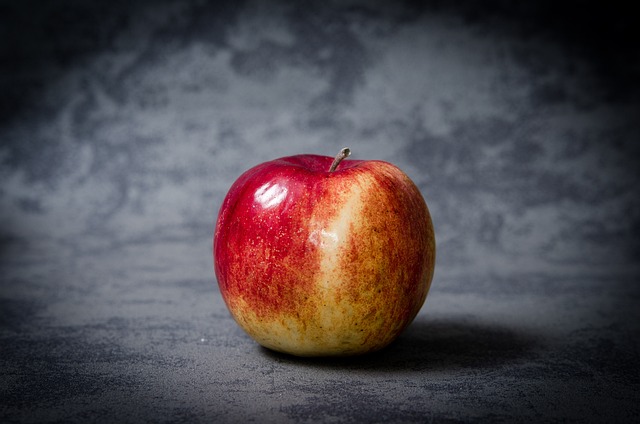Cultivating Life: The Art and Science of Fermented Foods and Probiotic Nutrition
Probiotics have gained significant popularity in recent years, and for good reason. These live bacteria and yeasts provide a host of health benefits, particularly when it comes to gut health. But did you know that the art of cultivating probiotics goes back centuries, rooted in the traditions of fermented foods?
The Power of Fermentation
Fermentation is a natural process that involves the breakdown of complex substances into simpler ones using microorganisms like bacteria or yeast. This ancient preservation technique not only helps to extend the shelf life of food but also enhances its flavor, texture, and nutritional value.
When it comes to probiotics, fermentation plays a crucial role. During the fermentation process, beneficial bacteria convert sugars and carbohydrates into lactic acid or alcohol. This creates an environment that promotes the growth of good bacteria, known as probiotics.
The Benefits of Probiotic Nutrition
Probiotic-rich foods offer a wide range of health benefits. Firstly, they help to maintain a healthy balance of gut bacteria, which is essential for proper digestion and nutrient absorption.
Probiotics also support a robust immune system. Research suggests that 70% of our immune system resides in the gut, and a well-balanced gut flora can help protect against infections and diseases.
Beyond digestive health, probiotics have been linked to improved mental health. The gut-brain axis, a communication system between the gut and the brain, plays a vital role in our overall well-being. Probiotics help to regulate this communication, potentially reducing symptoms of anxiety, depression, and stress.
Incorporating Probiotic-Rich Foods
One of the easiest ways to incorporate probiotics into your diet is through fermented foods. These foods have been part of various cultural cuisines for centuries.
- Yogurt: A classic source of probiotics, yogurt is made by fermenting milk with specific strains of bacteria. Opt for plain, unsweetened yogurt for maximum health benefits.
- Sauerkraut: Fermented cabbage is not only delicious but also rich in probiotics. Look for unpasteurized sauerkraut to ensure the live cultures are intact.
- Kombucha: This fermented tea is becoming increasingly popular. It is effervescent, tangy, and packed with probiotics.
- Kimchi: A staple in Korean cuisine, kimchi is made by fermenting vegetables like cabbage, radishes, and scallions. It adds a flavorful kick to any dish while providing beneficial bacteria.
- Miso: This traditional Japanese condiment is made by fermenting soybeans with koji (a type of fungus). Miso paste adds a rich, umami flavor to soups, dressings, and marinades.
Conclusion
As you can see, the art of fermenting foods has paved the way for probiotic nutrition. Including probiotic-rich foods in your diet is a simple and delicious way to support your gut health and overall well-being.
By incorporating yogurt, sauerkraut, kombucha, kimchi, and miso into your meals, you can nurture the diverse ecosystem of bacteria in your gut, promoting optimal digestion, a stronger immune system, and even enhanced mental health.
So why not embrace the ancient wisdom of fermentation and start cultivating life with probiotic nutrition? Your gut will thank you!

